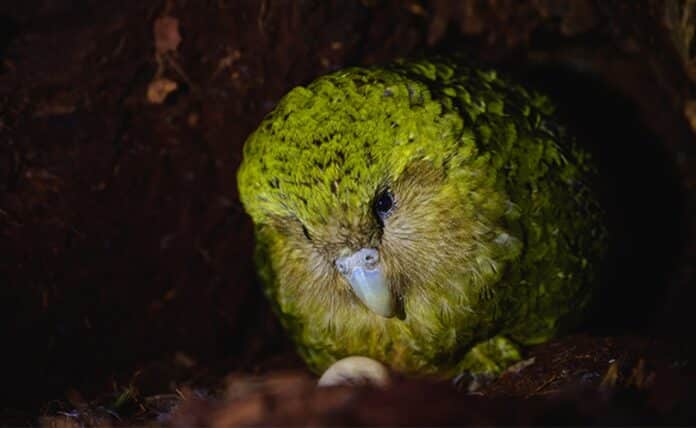The kākāpō is a critically endangered, intensively managed, long-lived nocturnal parrot endemic to Aotearoa, New Zealand.
The state-of-the-art methods developed by Dr. Joseph Guhlin and an international team to investigate kākāpō have revealed important aspects of kākāpō biology. The method, reusable code, and pipeline are blueprints and tools for conservation genomics in other species, especially intensively managed species.
Dr. Guhlin’s study over the last year has provided two key results:
- An in-depth understanding of kākāpō biology would be impossible without genomics.
- High-quality code and reusable pipeline – allowing other researchers to rapidly integrate these methods into their work– significantly advanced New Zealand’s genomic capability. This has given researchers the tools to identify genetic characteristics crucial to survival.
He said, “Using technology created by Google, we have achieved what is likely the highest quality variant dataset for any endangered species in the world. This dataset is made available, through DOC and Ngai Tahu, for future researchers working with Kākāpō.”
Department of Conservation’s Science Advisor for Kākāpō Recovery, Dr. Andrew Digby, said, “Kākāpō suffer from disease and low reproductive output, so by understanding the genetic reasons for these problems, we can now help mitigate them. It allows us to predict things like kākāpō chick growth and disease susceptibility, which changes our on-the-ground management practices and will help improve survival rates.”
He recognizes the implications for the survival of all endangered species, even if the discovery marks a new age in Kakapo conservation genetics. He believes that the genetic tools provided by this study will make an immense difference to kākāpō conservation.
The researcher from the University of Otago said, “The Kakapo125+ project is a great example of how genetic data can assist population growth. The novel genetic and machine learning tools developed can be applied to improve the productivity and survival of other taonga under conservation management.”
The Genomics Aotearoa project has funded high-quality sequencing of the kākāpō population. This initiative is improving kākāpō survival and laying the groundwork for future endangered wildlife science in New Zealand and globally, ensuring the conservation of threatened populations.
Journal Reference:
- Joseph Guhlin, Jana Wold, et al. Species-wide genomics of kākāpō provides tools to accelerate recovery. Nature Ecology and Evolution. DOI: 10.1038/s41559-023-02165-y
